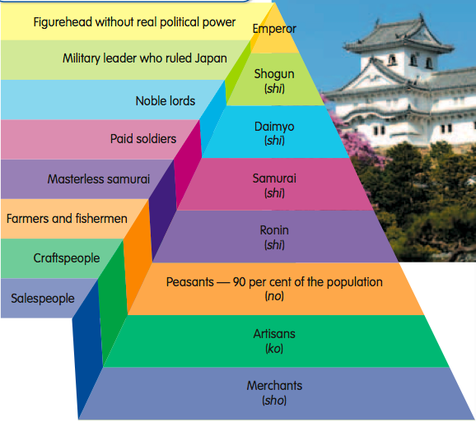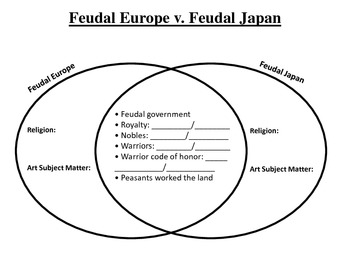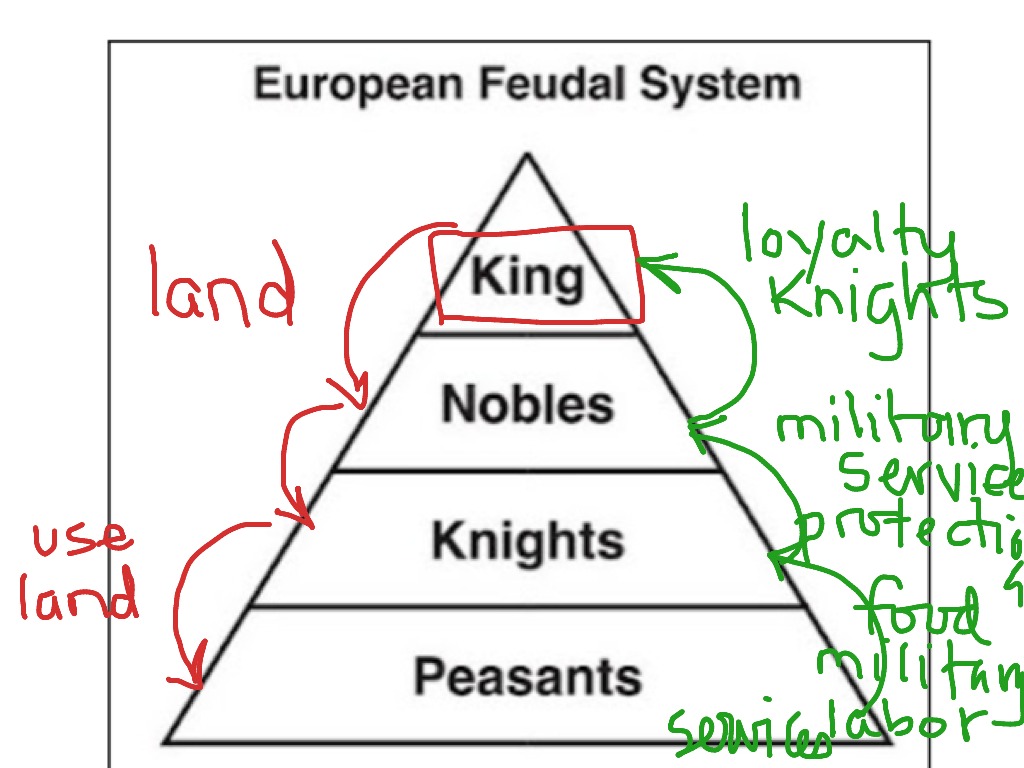

After the California Gold Rush of 1849, the United States became more interested in Pacific commerce, sending a mission to conclude a trade agreement with Japan. The Japanese knew of China’s humiliation at the hands of the British in the mid 1800s.

Even as it continued to selectively isolate itself from the rest of the world, it was changing from a feudal to a commercial economy. In its radical response to the challenges of reform and reaction, Japan emerged from this period as a world power. Knowledge gleaned from the Dutch became termed “Dutch learning” in Japan. Dutch merchants continued to be the principal source of information about Europe during this time, keeping the Japanese up-to-date with important scientific and technological developments. The government even went as far as to torture and execute the missionaries who did not leave, as well as the Japanese Catholics who did not renounce their religion. In this comparatively peaceful era, the samurai warrior class took on more administrative responsibilities.Ĭatholicism had made some important inroads in Japan by 1580, with over a hundred thousand Japanese converts, but the government ended these missions and outlawed the religion. Despite all these restrictions, the Japanese economy grew, as agricultural production increased and the population grew. Europeans were expelled from Japan, and foreign merchants were not allowed to trade in Japanese ports-the only exception was a small number of Chinese and Dutch ships. Japanese were forbidden from going abroad and from constructing large ships. Relationships with the outside world became closely controlled. He required that they spend every other year at the capital, Edo (now Tokyo), where he could more easily monitor them and prevent rebellion. Ieyasu hoped to stabilize the country and end the unrest by increasing his control over the daimyo. Fighting had broken out among various daimyo (warlords) over succession of the shogun, the supreme military leader of Japan.

Tokugawa Ieyasu established the Tokugawa Shogunate in 1600, after a period of civil war that began in 1467.
#EUROPE AND JAPAN FEUDALISM CHART FREE#
Serfs were not free to work elsewhere or go wherever they pleased-if the land passed from one owner to another, the serfs were then required to work the land for that new owner.

Working the land (doing the actual farming) at the very bottom of the hierarchy were peasants called serfs. Their tenants, called vassals, swore loyalty to the lord and provided military service (yes, knights in shining armor). At the top of the hierarchy in the feudal system was a king, who traditionally owned all land and granted it directly to noblemen, known as lords, who held hereditary rights to it. The word feudalism may call to mind images of lowly peasants toiling for haughty nobles, but the relationships in such systems were more complex than that. The term feudal system was introduced much later, in the 1700s, by scholars studying the complex legal and political relationships of the Middle Ages. But they didn’t call it a feudal system at the time. The feudal system developed in Europe when the decline of the Roman Empire led to a fragmentation of power, which in turn allowed wealthy landowners to strengthen their control over the people living on their land.


 0 kommentar(er)
0 kommentar(er)
